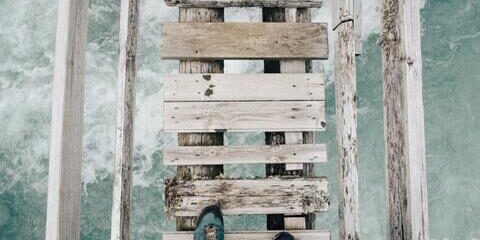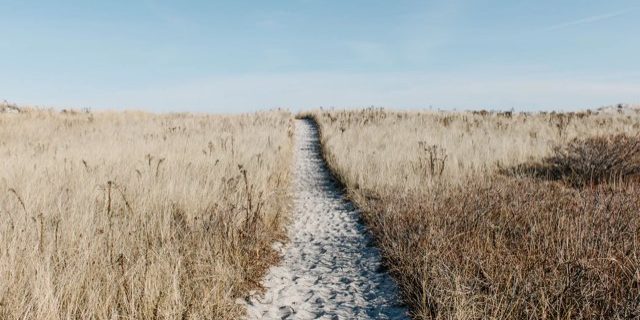One Sunday evening, I came upon a wonderful documentary about an exhibition being curated for The Met, New York featuring Chinese fashion and artefacts over the generations. The documentary focussed on the planning stages of the exhibition with the New York based curator and his engagement with key Chinese designers who were supplying the costumes, or fabrics and artefacts. A comment from one of the Chinese designers caught my attention – “Try not to make it too busy! If you are seeing too much, you are seeing nothing.”
Indeed.
It made me think – “When do I try to see too much?” and
“What is it about having to fill empty space?”
This same concept can apply in our day-to-day lives. In a bid to make sense of a complex situation we are required to consider different possibilities, without all the information we may need. Often it is related to the underlying narrative that might be unconsciously ‘running us’ and we may feel overwhelmed endeavouring to decipher the ‘connectors’ or the key implications of the complex issue. There is an art to being able to stop, take a moment and gain a greater understanding of all the elements of a situation before diving in to ‘fix’ something.
A wonderful example from a recent workshop I facilitated can illustrate this concept in a work setting. During a process focussed on ‘listening’ without giving advice or solving the problem, I noticed one person seemed to be listening very intently – so much so that there were deep furrow lines on their forehead. When I asked for feedback on the process they confirmed what I had observed – which was that when listening, it was important for them to ‘understand’. As we discussed this further, they shared that they do the same thing when reading the paper, and friends had said that they looked angry. Other leaders had also given feedback that they came across as being angry or aloof – not their intent at all.
Identifying this allowed us to explore another way of listening, which was really ‘seeing’ a bigger space. Rather than focus on my face only I asked them to look at the whole space around me – in essence, to expand their perspective and take in the subtle physiological cues I might be giving, such as my breathing, my eye shifts, body shifts – my whole energy space – seeing the bigger picture, not just the detail and relax into ‘trusting’ that the ‘knowing’ will come. It is not just words that the information is given. This pivot for them caused a major shift in their ‘being’, physically and mentally, as they realised there is a deeper way of seeing.
Listening in this way is a way of increasing your ability to ‘see’ a situation.
It requires radical presence, and the ability to not just hold the space, but be in the space. If you like, to be truly present in your whole being and in the ‘field’ in which we operate.
Once we shift attention from focusing on “what I need to do next”, to observing what is already there, your effectiveness in both seeing and listening expand exponentially.
Be so still inside (yet vibrant) that you can listen at every moment to what life is offering you. David Steindl-Rast.
The majority of my work is with leaders in many phases of life – aspiring leaders within corporates, executives in transition, entrepreneurs following a dream driven by their inner desire.
I was working with a young aspiring leader in the same week who has, over a period of time, received feedback that he seems to be ‘holding something back’ and is difficult to connect with. This is interesting because he presents as a very ‘open’ person, and in fact believes he is an open person. We spoke about the concept of the field of energy which we emit – often unawares, and the opportunity to explore different ways of connecting, and of understanding how others ‘see’ us, albeit more often than not, unconsciously.
The value of holding ones personal space well so its energy can be experienced and leveraged is paramount to attending to your ‘field’. This is at the core of Aikido, a Japanese martial art, which enables the practitioner to ‘see’ what is happening not just in front of them, but behind them, to the left and to the right. Space and seeing are critical to engage with the energy in the room and of your potential ‘opponents’ intentions. As Harriet Rubin (2000) says on the use of fields: “ It’s a matter of intentionally letting go of your focus, or your sharp focus, and of letting yourself see with your imagination” (p. 340 “Living Dangerously” Fast Company). This is what a great artist does, a curator, and a leader who truly sees the ‘space’ in which they are operating.
For your reflection:
What does your ‘field’ look like? What do others ‘see’?
Are you so intense in order to understand?
How can you embrace simplicity, keep the space free and uncluttered, so we may observe from a different ‘view’?

Walking Your Luminous Path
“It takes powerful inner resolve to manifest a deep sense of the rightfulness of existence at a time when we’ve been conditioned to fear it.” With all the chaos, misinformation, or should I say ‘dis’-information distributed from mainstream media sites, plus the overload and misuse of Social Media, it can be difficult to discern the…

The Path Ahead – Finding YOUR Path.
Much has happened since December 2020. For many of us, it seems that monumental changes have occurred, or will do as we continue to navigate and transverse these new energies and indeed different times. Moving countries, moving to gentler environments, relocating to more supportive communities and equitable societies seem to be on the minds of…

Re-tuning to the Energies
“ It’s amazing how a little tomorrow can make up for a whole lot of yesterday” John Guare That rickety bridge has felt even more rickety at times during this last month. It felt that possibly a few rungs were missing. Minding one’s step seems increasingly important, especially when the next step is toward…

Winds of Change
“ Honour the space between No Longer and Not Yet” Nancy Levin A friend of mine told me “2020 is best described as being a rickety bridge between Epochs beginning in one Era, and ending in another. It may not feel particularly safe or inviting, but it’s the only way across. I thought that was…

Fight for the things you care about
These times are calling us to take a stand and fight for the things we care about. Twenty years ago, Sydney celebrated the “best games ever”. Well, according to those who attended. Over this past month there has been a literal trip down memory lane, recalling how, as a collective, everyone came together to help…

Conversation – the bigger picture, a bigger purpose.
Conversation – real conversation, where reflection, respect and deep listening occurs is something I feel is needed at this pivotal time in our lives. This has been a recurring theme for me as I, and many of us, navigate these uncertain and yet very opportune times in our respective lives. And then last week, a…

Roots of Connection – Heightened Attention.
“Beware the stories you tell yourself for surely you will be lived by them” – William Shakespeare In these unprecedented times I am noticing how easy it is to get caught in the ‘story’ if one is not operating with heightened awareness. One day can so easily morph into the next and the next. The pulse…

Seeing your shadow as a source for Transformation
Recently I am noticing a lot about ‘shadow’s – most notably my own, but also those of society. Shadows of the past, which seem to be coming up to be redressed and, in many instances, healed. Otto Scharmer, The Presencing Institute states: “What I have learned from various conversations and reflections on our blind spots…

The Path Ahead.
It will have direction and shape – IF you have done the work! “There are times when you have to take bold steps. Make up your mind; know where you are going and never waffle. Many wonderful opportunities are missed by those who are indecisive. In times when you have to take bold steps; take…

The Re-Write
“You are the sky. Everything else – it’s just the weather”. Pema Chodron. The past 4 weeks may have seemed like an eternity for some, and for others, a time pressured haze of days. It is all to do with context, personal circumstances and focus of attention. Is your attention on the sky or has…

